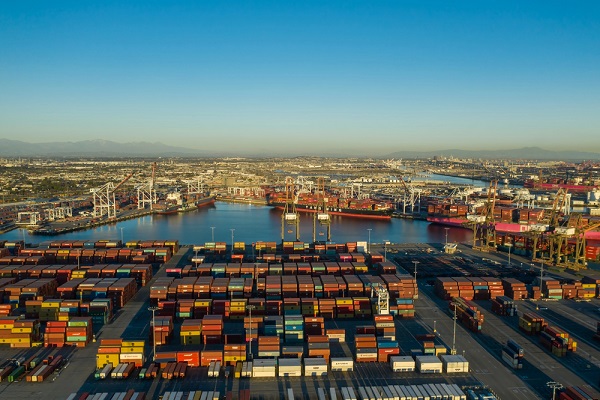


The global marine insurance market was valued at $38.9 billion in 2023, a 5.9% increase on 2022, according to the International Union of Marine Insurance (IUMI).
In the U.S., the marine industry continues to bolster the economy through jobs and sales. In 2022, the marine economy contributed nearly 2% of the nation’s gross domestic product (GDP), generated $777 billion in sales and supported 2.4 million jobs, according to the most recent annual Marine Economy Satellite Account by the National Oceanic and Atmospheric Administration (NOAA) and the Bureau of Economic Analysis (BEA).
The marine insurance industry—marine cargo, inland marine, and marine hull and liability—plays a key role in supporting commerce and is experiencing continued growth across all segments of business.
“Insurers are generally operating with above average profitably and have been for two to three years,” says Andrew D’Alessio, head of marine, Americas, AXA XL. “The above-average margin and premium growth has prompted carriers, managing general underwriters (MGUs), investment capital and start-ups to focus on growing marine premiums or enter the market. The increased competition is driving pricing down very rapidly in cargo and marginally in hull and marine liabilities.”
Yet, despite the softer market conditions, marine insurance continues to be impacted by evolving trends.
“Inflation continues to exist, and, generally speaking, this causes upwards trends in valuations and increased claims payments,” says Mike Perrotti, director inland marine, RB Jones. “For inland marine, it is challenging for insureds with builders risks since the cost of materials often increase faster than what was budgeted for. For equipment, it’s difficult to select proper limits and choose between insuring for actual cash value or replacement costs. The same can be said for the values on ocean marine hulls.”
“With marine cargo, we continue to see increases on commodity prices, costs of manufacturing, total values, and the costs of transportation, shipping, and warehousing,” Perrotti says. “This all adds to higher insured values and higher claims costs, with many shippers looking to offset them with lower insurance rates.”
For ocean cargo, increased shipping activities and the escalating value of vessels due to technological advances has led to more competition, explains John Gambino, cargo manager, RB Jones. “However, in relation to the current administration, it’s still unknown what the impact of tariffs will have on imports, shipping volume or trade in general.”
For the marine liability sector, markets in London and the U.S. “are starting to add PFAs (perfluoroalkyl and polyfluoroalkyl) exclusions to liability offerings,” says Tracy Markowski, director of marine hull & liability, RB Jones. “These ‘forever chemicals’ can accumulate in the body and cause health risks to not only humans but to animals and marine life too.”
Further, while catastrophes haven’t played a significant role in the number of claims and losses caused by shipments routing around storms, “CAT events and wildfires have impacted cargo stored in warehouses or at ports and terminals, prompting large losses due to accumulation of values,” D’Alessio says. “Open-lot auto storage has also seen several large losses in 2024 from flood, tornado and hail, which continues to challenge insuring this type of cargo.”
And as with every industry, technology like artificial intelligence (AI) can help marine insurance navigate these complex challenges. “AI can assist with risk mitigation, loss prevention, CAT modeling and the evaluation of claims frequency and severity,” Perrotti says, adding that “it won’t replace the marine underwriter.”
Additionally, improving technologies have provided “solutions to track and monitor cargo, which has been helpful in recovering lost goods and mitigating losses and damages,” D’Alessio says. “AI and data analytics are in use more than ever with respect to portfolio analysis and pricing tools, allowing insurers to respond much faster to changes in portfolio profitability in terms of how they price risks.”
For independent agents operating in the marine market, “it’s important to recognize that many customers often need more than the core commercial products,” says Tim Drucker, national practice lead and chief underwriting officer, ocean marine, Travelers. “Commercial marine products can sometimes be overlooked, deemed unnecessary or left to the end, so it’s worth exploring this first.”
“Identifying the need for this type of coverage at the beginning can help differentiate you from your competition, indicating to your customers and prospects that you understand their business and unique needs,” Drucker says.
Olivia Overman is IA content editor.